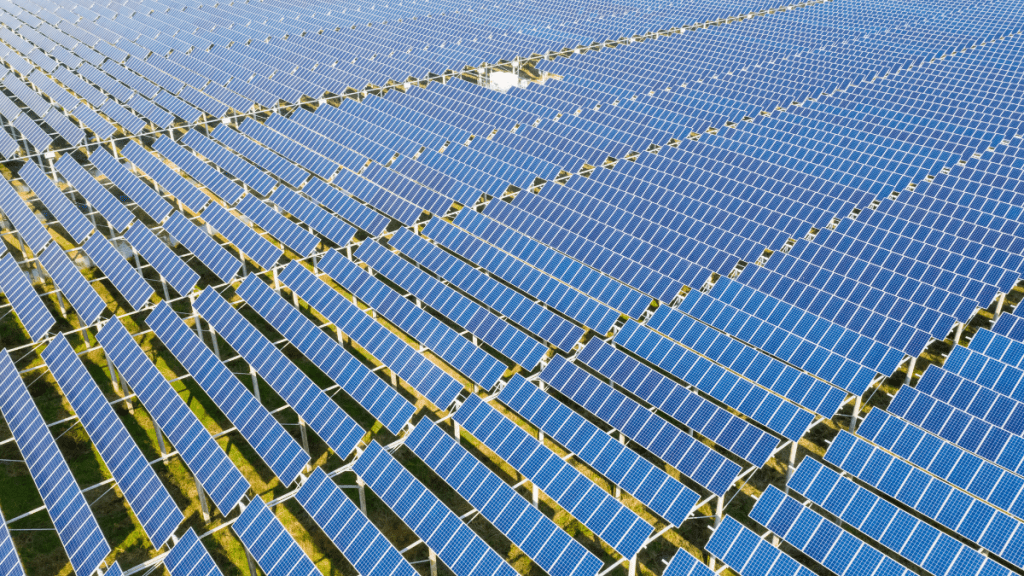Shree Cement Launches India’s First Solar-Powered RMC Plant in Jaipur
Bangur Concrete, a brand under Shree Cement Ltd., has just made history by commissioning India’s first solar-powered Ready-Mix Concrete (RMC) plant in Jaipur, Rajasthan. This isn’t just another industrial facility—it’s a game-changer for sustainable construction. The plant runs entirely on solar energy, slashing carbon emissions and setting a new benchmark for the cement industry. But how exactly does it work, and why should you care? Let’s break it down.
Why Solar-Powered RMC Plants Matter
Concrete production is notorious for its high energy consumption. Traditional RMC plants rely heavily on grid electricity or diesel generators, which are both costly and harmful to the environment. By switching to solar, Shree Cement is tackling two problems at once: reducing operational costs and cutting carbon footprints. The Jaipur plant’s solar setup includes high-efficiency PV modules (that’s solar panels to the rest of us) paired with Fronius inverters to ensure smooth energy conversion.
The Tech Behind the Transition
You might wonder, “Can solar really power something as energy-intensive as an RMC plant?” The answer is a resounding yes. The plant uses a hybrid system combining rooftop solar panels and battery storage, ensuring uninterrupted power even during cloudy days. Think of it like a Tesla Powerwall but on an industrial scale. The system is designed to meet 100% of the plant’s daytime energy needs, with excess power stored for later use.
Challenges and Solutions
Of course, transitioning to solar isn’t without hiccups. Initial setup costs can be steep, and Rajasthan’s scorching heat can affect panel efficiency. But here’s the twist: the plant’s energy savings are projected to offset the investment within just three years. Plus, advanced cooling technologies keep the panels running optimally even in 45°C heat. It’s a classic case of “short-term pain, long-term gain.”
The Bigger Picture for India’s Solar Industry
This project isn’t just about one plant—it’s a blueprint for India’s industrial solar revolution. With grid parity already achieved in many states, solar is no longer a niche option but a smart business move. States like Gujarat and Karnataka are likely to follow suit, especially with net metering policies making solar even more attractive. Could this be the start of a nationwide shift? All signs point to yes.
What’s Next for Shree Cement?
Shree Cement isn’t stopping here. The company has hinted at plans to solarize more of its facilities, leveraging Rajasthan’s abundant sunlight. If successful, this could inspire other heavy industries—think steel, textiles, and chemicals—to make the switch. After all, if cement can go solar, why not everyone else?
Final Thoughts
Shree Cement’s Jaipur plant is more than a milestone; it’s a wake-up call for India’s industrial sector. Solar energy isn’t just for rooftops and farms anymore—it’s ready to power the backbone of our economy. The question isn’t whether others will follow, but how quickly. One thing’s for sure: the future of construction is bright, and it’s powered by the sun.






